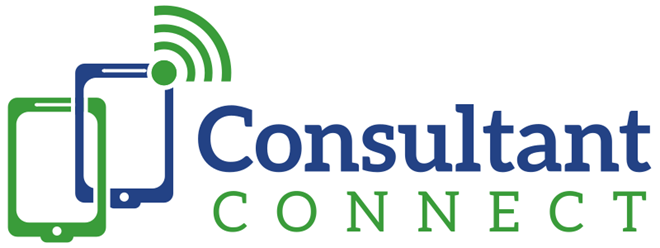Rather than rolling out huge initiatives across the country, the focus for healthcare technology should be improving what already exists at the local level, says Jonathan Patrick
Massive nationally-driven technology projects in the NHS are history now, replaced by smaller, local projects delivered over months, not years. In most instances, we don’t knock down the old house and build a new one. Instead, we look to improve the old house.
In association with

This is a much better way of doing things. It forces you to ask whether all or some of what you have already is good enough. Then you can fill the gaps with small packages of technology to deliver something that fits your local needs quickly.
For example, in Leeds, the two-week wait skin cancer pathway in the e-Referral Service is well used and understood by GPs and secondary care doctors. So, the challenge was not to replace eRS, but to find the quickest and easiest way of taking high-quality images of skin lesions and getting them into eRS.
By using technology to improve what they already had rather than starting from scratch, Leeds were able to launch their project quickly and economically
Consultant Connect’s PhotoSAF safe clinical photography app met Leeds’ requirements. Because it’s so simple, GPs didn’t need any training to get started. Since July 2018, 13,000 photos have been taken. In October 2018, almost a quarter of two-week wait patients whose referral included a photo were being discharged before going to hospital.
By using technology to improve what they already had rather than starting from scratch, Leeds were able to launch their project quickly and economically. And patients have benefited from Leeds’ success.

Harnessing teledermatology to improve cancer care in Leeds

Underpinned by a cross sector collaboration, a teledermatology service for patients with suspicious skin lesions is already showing demonstrable benefits for the wider system, writes Claire Read
- 1
- 2
 Currently
reading
Currently
reading
Smaller, local tech projects can help meet needs quickly


































